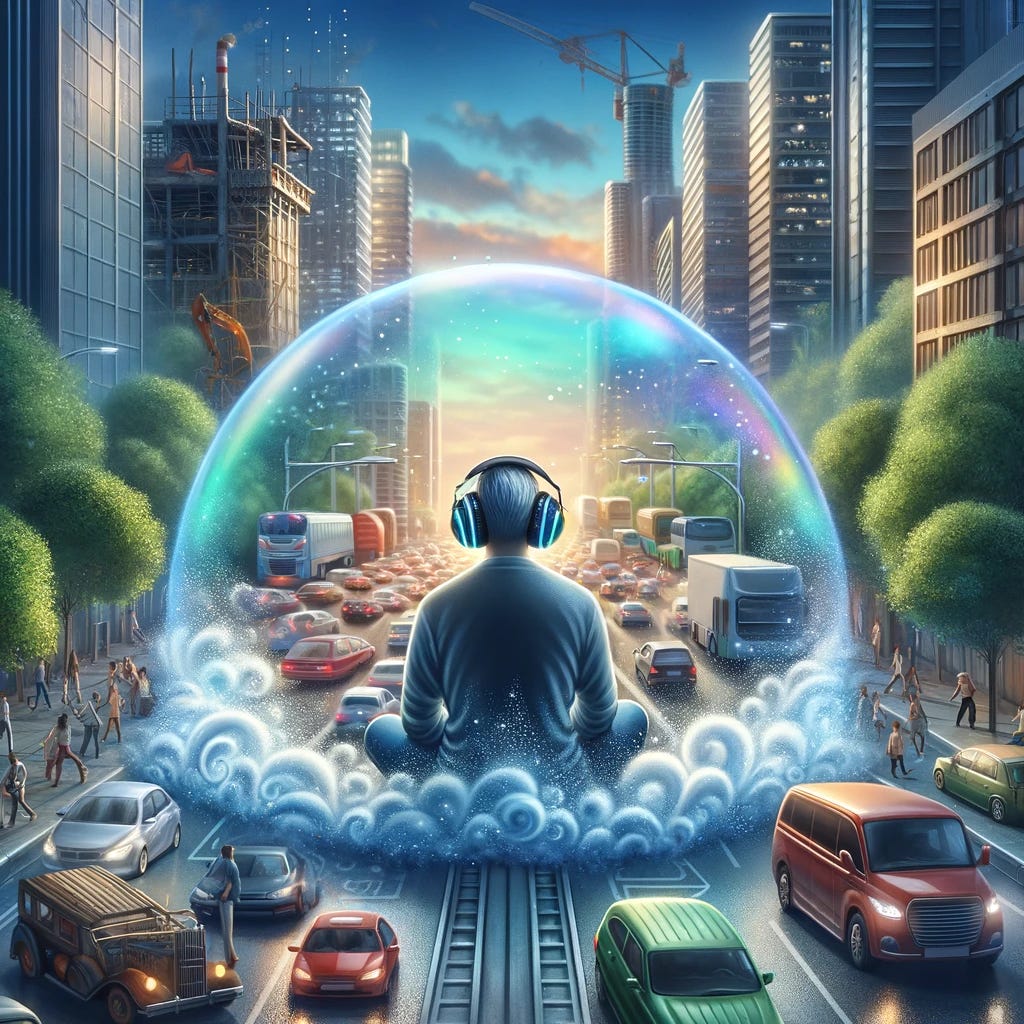In the last 6 years we have been thinking a lot about Noise Cancellation at Krisp.
Having pioneered the first AI-powered Noise Cancellation technology in the industry, we had to figure out the killer use case for it to be successful. So this really took a lot of brain power.
We have tried different use cases but in the end, settled on canceling noise from real-time online conversations (Phone calls and Meetings).
Below is a collection of 24 use cases of Noise Cancellation we have seen at Krisp. Over time, we have been approached with all of these use cases by the industry players.
Phone calls: Improving call quality by filtering out background noise during phone or video calls.
Virtual Meetings: Enhancing audio quality in video conferencing tools, essential for remote work and online education.
Voice Assistants: Enabling voice assistants to accurately interpret commands in noisy environments.
Automotive: Reducing road, engine, and environmental noise in car cabin for phone calls or voice commands.
Headsets: In headphones and earbuds, providing a better listening experience by cancelling external noise.
Healthcare: In hearing aids, to improve speech understanding by reducing background noise.
Broadcasting: Cleaning up audio for clearer sound in news, podcasts, and streaming services.
Gaming: For clear voice communication in multiplayer games, even in noisy environments.
Military Comms: In communication systems to enhance clarity of communication in noisy scenarios like battlefields.
Aviation: In cockpit communications systems and air traffic control to ensure clear communication.
Factories: In factories or construction sites, allowing workers to communicate effectively amidst machinery noise.
Public Safety: For emergency responders to communicate clearly in chaotic and loud environments.
Call Centers: Improving call quality by isolating the speaker's voice from background noise in busy call centers.
Speech Recognition Systems: Enhancing the accuracy of speech recognition in noisy environments.
Music Production: Cleaning up recordings by removing unwanted background sounds.
Video Content Creation: Enhancing the audio quality of YouTube videos by filtering out background noise, wind, and other distractions, leading to a more professional presentation.
Podcasts: Improving the clarity of podcasts by removing ambient noise from recordings, essential for maintaining audience engagement.
Movies: For post-production editing, allowing filmmakers to isolate dialogues or specific sounds from background noise.
Education: Enhancing the audio quality of educational content, making it clearer and more comprehensible for students, especially when recorded in less controlled environments.
Interviews: Cleaning up field interviews or reports, especially when recorded in noisy public spaces.
Voice-Over Work: Assisting voice actors and narrators in producing clear and crisp voice-overs by eliminating background sounds from their home studios.
Forensics: In law enforcement, for clarifying audio recordings used in investigations or legal proceedings.
Historical Audio Restoration: Revitalizing old or archival audio recordings, where it can be used to remove hisses, pops, and other forms of noise.
Social Media: For influencers and content creators who record videos in various, often uncontrolled environments, ensuring clear audio quality


